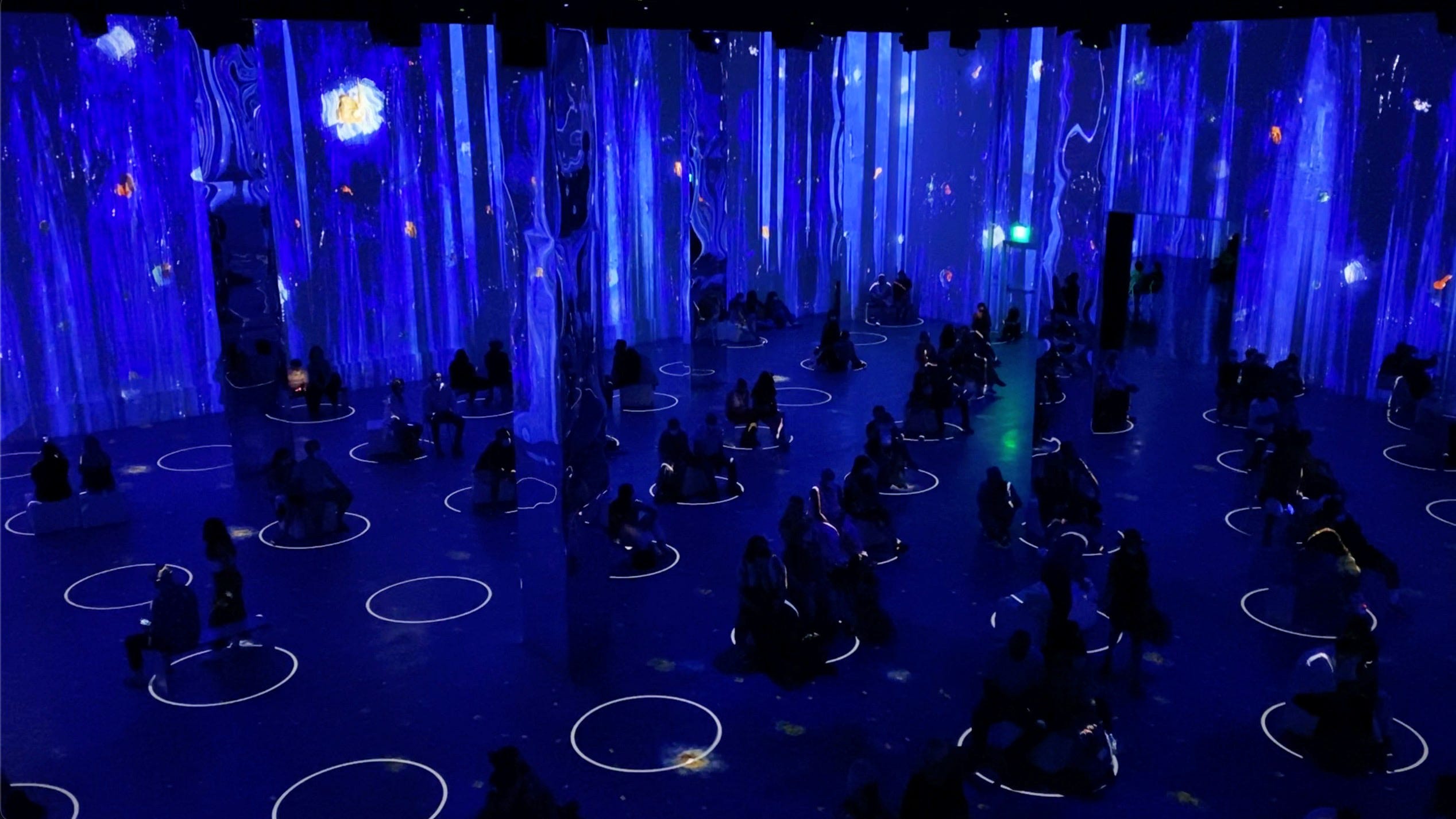Immersive Van Gogh (Capsule Review)


[Original publication: No Proscenium, 8/31/21]
Get Laura Hess’s stories in your inbox
Join Medium for free to get updates from this writer.
SubscribeSubscribe
Much has been documented about the dueling, immersive Van Gogh exhibitions helmed by five separate entities and currently populating roughly 40 U.S. cities. I recently attended Immersive Van Gogh, one of two productions in Los Angeles. Inhabiting the former space of the iconic Amoeba Music record store, this version is presented by Lighthouse Immersive and Impact Museums. (A key claim is that it’s directed by Massimiliano Siccardi, a creative behind the original experience by Culturespaces at L’Atelier des Lumières.)
Overall, this is a beautifully produced, quality installation. Before entering the main galleries, there are Insta-worthy, immersive touch points including an illuminated tunnel, an emerald absinthe parlor, and an interactive station for letter writing with “Vincent”; the exterior includes a David Flores mural of Van Gogh and, in a nod to the venue’s history, seminal album covers reimagined with Van Gogh and his landmark paintings sit atop the roof.
At its best, the all-ages show offers audiences a novel way to experience Van Gogh’s work: the immersive, large-scale animation isolates and layers specific aspects of paintings, including individual brushstrokes by the post-impressionist master, which fosters a dynamic exploration of Van Gogh’s works. The soundtrack mixes classical music with contemporary pieces and composer Luca Longobardi shines when adding disarming sound design, most notably during a segment of Van Gogh’s iris paintings.
And yet, there’s a veneer over the experience. The reality is this product is designed for the masses and that’s apparent. For the general public, Van Gogh has become commercialized and digestible; his mental and physical health struggles have been minimized and romanticized. Lighthouse executives proclaimed they wanted to “humanize” Van Gogh and not “over-intellectualize” his work. In this case, the latter may be true, but delivering on the former requires a deeper, more holistic examination of the artist (and perhaps a smaller gift shop).